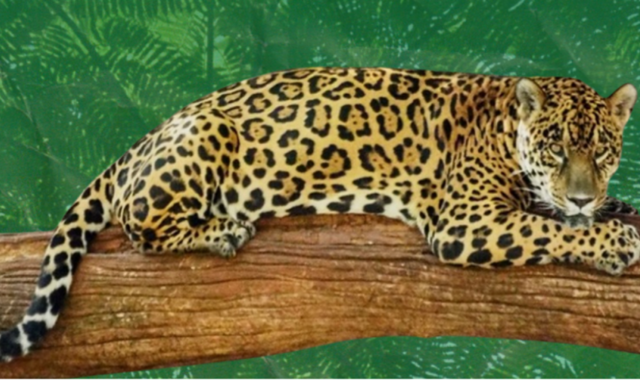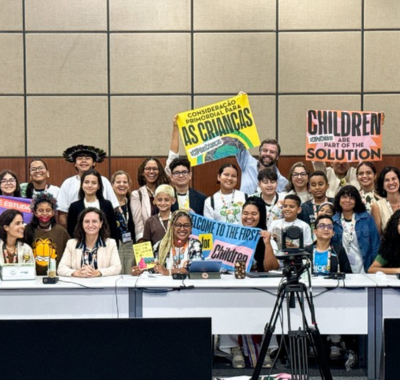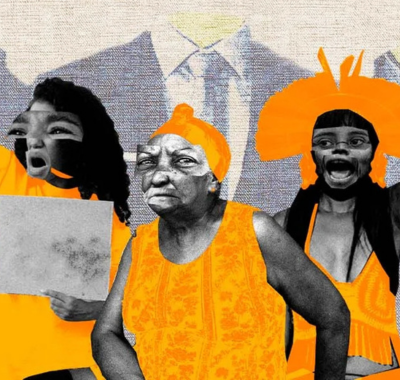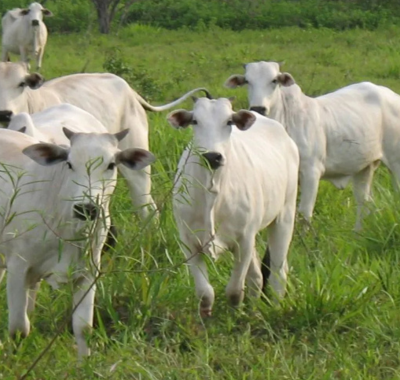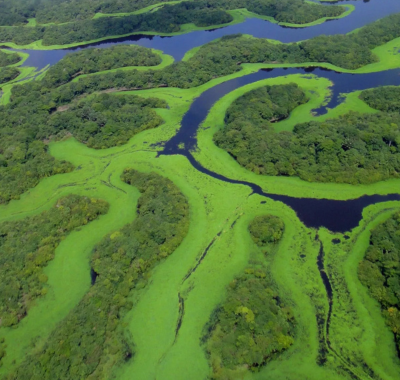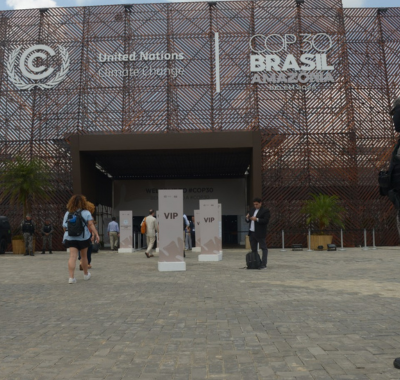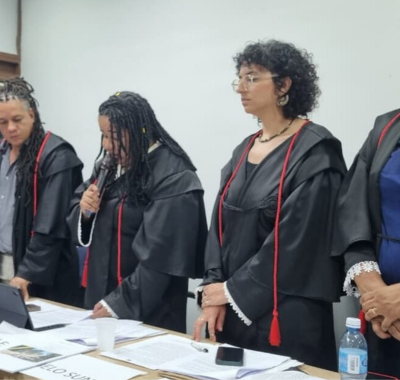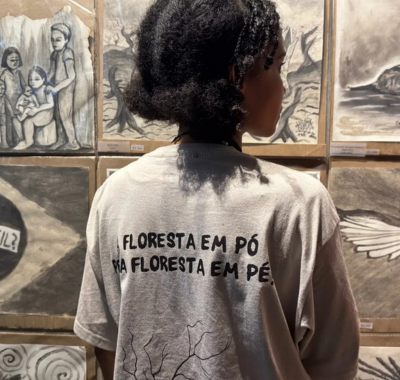The Atlantic Forest at COP30: A wake-up call for Brazil’s climate future
As COP30 unfolds in Belém, attention inevitably focuses on the Amazon rainforest. Yet another vital and threatened ecosystem has entered the international climate debate. The Atlantic Forest, home to most of Brazil’s population and crucial for national water and climate resilience, gained recognition with the opening of the Atlantic Forest House.
By Reinaldo Canto
Created and managed by the Atlantic Forest NGO Network (RMA), this space was established at the University of the Amazon (Unama) in Belém’s Umarizal district and serves as a hub for science, art, culture and political dialogue during the conference. RMA, which includes more than 150 member organizations, delivered a direct and urgent message: Without conserving and restoring the Atlantic Forest, Brazil’s climate future is not viable.
Restoration is reconstruction
The inauguration was marked by strong engagement and a call to action. João de Deus Medeiros, RMA’s coordinator, read a public letter calling for investment and concrete support from governments, corporations and civil society to restore and protect the biome.
The opening panel brought together members of parliament Nilto Tatto and Ivan Valente, economist and Unama professor João Cláudio Arroyo, RMA coordinator Tânia Martins and Carlos Eduardo Marinelli, Deputy Secretary for Biodiversity at the Ministry of Environment and Climate Change.
“The Atlantic Forest is where much of urban Brazil lives, produces and consumes. Preserving and restoring this biome is how we reconstruct the country we envision—just, resilient and dedicated to life,” said Tânia Martins, RMA’s general coordinator.
The biome at the heart of urban life and the climate crisis
Once stretching more than 1.3 million square kilometers across Brazil, the remaining Atlantic Forest covers just 30% of its original area. This loss has given it the unfortunate distinction of hosting Brazil’s highest number of endangered species. Yet, most Brazilians reside within its fragmented landscape, which also host the country’s main main river basins.
“Restoring what’s been destroyed is not enough. We must also ensure the protection of what remains,” Martins emphasized, highlighting the need for strong policies to defend the surviving forests.
From Nov. 12 to 15, Casa da Mata Atlântica hosted a free, wide-ranging program that brought together environmentalists, researchers, policymakers, artists and community leaders. The agenda highlighted the interdependence of Brazil’s biomes and the irreplaceable role of the Atlantic Forest in:
- Climate balance
- Water security
- Social welfare
From the start, the initiative proved its relevance with debates on collaborative climate financing, gender and environmental justice, and education amid the climate crisis—this last topic led by the 5 Elements Institute.
The launch ceremony, which marked the official start of activities, reflected a symbolic and vital journey: returning the Atlantic Forest to the heart of Brazil’s climate agenda.
As organizers emphasized, to speak of Brazil’s climate future is also to speak of the Atlantic Forest—the cradle of life and urban Brazilian history, and the necessary foundation for any sustainable national project.
This article was produced by Envolverde as part of its Collaborative Socio-Environmental Coverage of COP30. Read the original article here.

